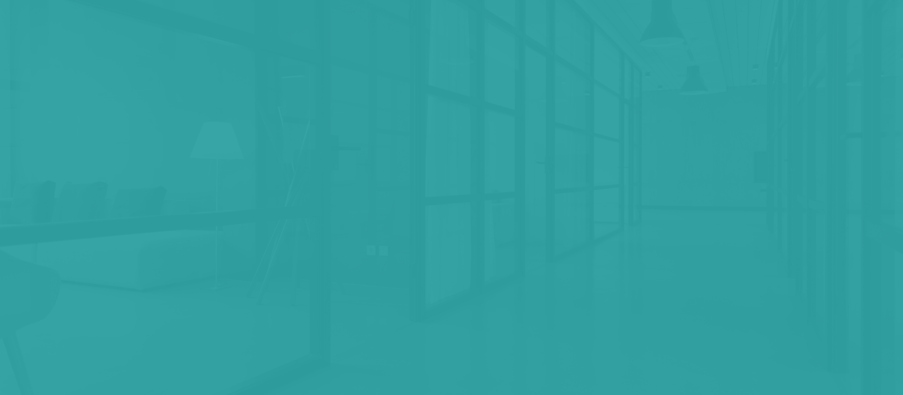Digital Asset Management
Multichannel Publishing
4 minutes reading time
Success Story – Bauer Media Group
How the Bauer Media Group unified editorial workflows and improved collaboration across Germany, the UK, and Poland with WoodWing's DAM and editorial system environment.
Results
- Centralized system implementation: centralized DAM and editorial system enforced for better collaboration and content reuse.
- Enhanced efficiency: SmartTemplates use and support team unification increased daily efficiency and streamlined support.
- Improved employee engagement: workshops raised employee engagement, fostering a collaborative environment.
- Cost reduction: Assets and Studio integration enabled content reuse, cutting costs and raising operational efficiency.
Partner: a&f systems
Used product(s)

Any questions?
About the client
Since the fall of 2021, the Bauer Media Group, a family-owned media company, has been relying on and working across countries on the WoodWing system environment.
The consistently successful Bauer Media Group publishes content for millions of people across Europe, ranging from print and online publications to radio and audio entertainment, price comparison services for consumers, and digital marketing services.
The 16,000 employees pursue a common goal: to deliver content and services that enrich people's daily lives. Together with a&f systems, Bauer Media has taken a big step towards the future – with WoodWings product range as a solid foundation.
The initial situation
Until now, the three countries participating in this Bauer Media Group project – Germany, the UK, and Poland – each employed its own editorial workflow. Even though the same editorial system was used in Germany and the UK, the teams in both countries operated separately. All three teams used a different DAM system with its own workflows and connected systems, which blocked the option of a comprehensive availability of content throughout the group.
The challenge
Bauer Media wanted to tackle the biggest challenges: managing the three different languages more efficiently, unifying the different processes used in each of the three countries, and the ability to reuse content – something that was not possible before. To meet these challenges, the cultures, working styles, and habits of the three countries had to be united. Other aspects to consider were the different structures of the teams involved and the differences in knowledge levels.
Bauer's company size forced them to look for options that allowed a high degree of standardization in the construction and integration and in the day-to-day production and maintenance. Bauer expected that the training, briefing, and engagement of a large group of users from three different countries would be a major challenge. While that assumption was accurate, it turned out that this step was not just a challenge—it was also a huge success.
The goal
Bauer Media aimed to establish a central system for editorial workflows and digital asset management that works well for Germany, Poland, and the United Kingdom – and enables and pushes collaboration between the countries. Centralized, obviously, but also easy to use and expand along with the company's growth. Besides meeting the aforementioned criteria, Bauer pushed to create a standardized framework in terms of functionality, user authorization, and structure – to meet the wants and needs of all three regions involved – that would also be able to run and accommodate daily operations in all three countries, making the lives of 1,600 users working on more than 260 publications, a whole lot easier.
Easily reusing content across regions was another important goal Bauer set to fulfill, mainly to lower costs and increase efficiency. Hence, Bauer Media initially sought a DAM system to centralize asset management. Progressive insight, through various workshops by a&f systems and WoodWing, pointed out that a simultaneous implementation of an editorial system would be more effective.
The solution
WoodWing offered the solution for Bauer Media's requirements by combining two core products (WoodWing Assets and WoodWing Studio) into one package.
The options provided by these two products were further extended through integrations with other systems. The benefits of combining two products go beyond the obvious advantage that both products come from one supplier and can enhance each other's functionalities; the combination of an editorial system and a DAM system covers the requirements of all countries involved. An additional bonus comes from WoodWing's standardized layout templates that are easy to work with and help save time in employees' daily schedules. A best-of-breed approach allowed a&f systems to replace previously used products and connect the new tools to other systems in the tech stack.
Since this was the first large-scale WoodWing Cloud project in Europe (based on the number of users, amount of content, and geographical extent), the help provided by A&F really made it a success.
The process
The project started in the summer of 2020 and was divided into several phases right from the get-go to migrate (segments of) publications to the new Global Publishing System (GPS, the editorial system environment) in manageable chunks – with WoodWing's products in the center and the integrated peripheral systems used for production around those. Despite each country having its basic requirements for the project, the methodologies used were consolidated and mapped into a single system.
The first step was to develop the interface for the transition from the previous to the new system, after which the old systems were gradually transitioned to WoodWing's production environment, which went live in autumn 2021. Workshops helped define standardized user groups and authorizations, and the establishment of a uniform technical structure for brands and layouts – so-called SmartTemplates, which are InDesign templates developed to make the production of the majority of magazines as simple and automated as possible – ensured a simple integration process and future use. Digital article structures and components were standardized for integration to maintain flexibility and allow easy reuse. The transition phase was completed by developing interfaces to Monday.com (planning) and Amendo (image optimization) and the gradual rollout of plugins for WoodWing Studio and WoodWing Assets.
While the initial plan followed a hybrid approach, the unforeseen constant stream of (too many) new tasks, requirements, and technical challenges turned out to be unmanageable due to sheer volume and complexity. The switch to a ‘classic’ DevOps sprint model for more control over workload and developments turned out to be the right choice. The practices, tools, and cultural philosophy included in the adjusted approach were designed to automate and integrate processes between software development and IT departments. The standardization of the workflow allows for a quick transition of developments into productive operations, which helps to motivate teams during long-running projects like this one.
The conclusion
The use of the aforementioned SmartTemplates made daily work significantly more efficient. Instead of using three support teams (one for every country), support is now one team working across all three countries – a result of the new, uniform way of working. In the same way, employees can also support each other across countries in case of problems. The project also helped further improve WoodWing Cloud, based on suggestions made continuously throughout the project. Within Bauer Media, collaboration between the different countries improved significantly due to the encouragement and low effort required to reuse content across countries.

Discuss your challenges with one of our experts
Looking for a game-changing solution? Reach out to our expert team today and unlock your potential!

“Imperdiet auctor varius ipsum eros fermentum amet cras.”
Yani Björkholm
Product expert at ChannelEngine
We help you to take charge of your content with our world-class content and information management solutions.
Receive our Newsletter?




